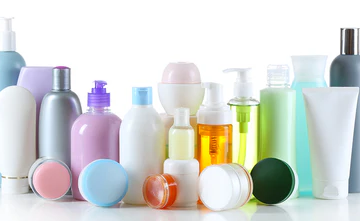Stand-up paddle boarding (SUP) is a popular water sport, especially in the UK where beautiful coastlines offer excellent opportunities for adventure. However, the natural elements such as sand and salt can cause significant damage to your paddle board if not managed properly. This article will provide you with essential tips on how to protect your paddle board from these damaging elements.
Understanding the Risks
When you bring your paddle board to the beach, it comes into contact with sand and saltwater, both of which can be harmful. Sand, with its abrasive texture, can scratch and wear down the board’s surface. Saltwater, on the other hand, can lead to corrosion and deterioration of the board’s materials over time.
Rinsing and Cleaning
One of the most effective ways to protect your paddle board is by rinsing it with fresh water after each use. Saltwater can quickly degrade the board’s surface and any metal components, so a thorough rinse helps to remove any lingering salt.
After rinsing, it’s crucial to clean the board with a mild soap and water solution. This will help remove any stubborn sand or salt deposits that might not have been eliminated by rinsing alone. Use a soft cloth or sponge to gently scrub the board, avoiding harsh abrasives that could scratch the surface.
Drying the Paddle Board
Proper drying is essential to prevent mold and mildew growth. After washing your paddle board, place it in a shaded area to dry. Direct sunlight can cause the board to overheat and potentially warp. Allowing it to air dry naturally ensures that all areas, including crevices and straps, are thoroughly dried.
Using a Board Bag
A paddle board bag is a highly effective way to shield your board from sand and salt exposure. When transporting your board or when it’s not in use, keeping it in a padded board bag provides an additional layer of protection. The bag helps prevent physical damage from impacts and shields the board from environmental elements.
Storage Tips
Storing your paddle board properly is crucial for its longevity. When not in use, keep your board in a cool, dry place away from direct sunlight. Exposure to UV rays can degrade the board’s materials and lead to surface damage. Avoid storing the board in areas where it could be exposed to excessive moisture or extreme temperatures, as these conditions can compromise the board’s integrity.
If you have limited storage options, consider investing in a dedicated storage rack that keeps the board elevated and off the ground. This will help prevent contact with potentially damaging surfaces and reduce the risk of warping or bending.
Regular Inspections
Frequent inspections of your paddle board can help catch any signs of damage early on. Check for scratches, dings, or any signs of salt buildup. Addressing minor issues promptly can prevent them from escalating into more significant problems.
For any noticeable damage, consult with a professional who can provide repairs or maintenance. This proactive approach ensures that your board remains in good condition and performs optimally.
Avoiding Sandy Areas
When using your paddleboards, try to avoid launching or landing in sandy areas as much as possible. Sand can be abrasive and cause wear and tear on the board. Opt for launch points with clean, firm surfaces where possible. If you must use a sandy area, consider laying down a towel or mat to minimize direct contact between the board and the sand.
Conclusion
By following these guidelines, you can significantly reduce the risk of sand and salt damage to your paddle board. Regular cleaning, proper storage, and using protective gear like board bags are simple yet effective ways to maintain your board’s condition. Remember, taking care of your paddle board ensures that it will continue to deliver great performance and enjoyment for many adventures to come.
In summary, protecting your board from sand and salt damage is crucial for preserving its longevity and performance. Whether you’re exploring new waters or enjoying a relaxing day at the beach, a little extra care goes a long way in ensuring your paddle board remains in top shape.




